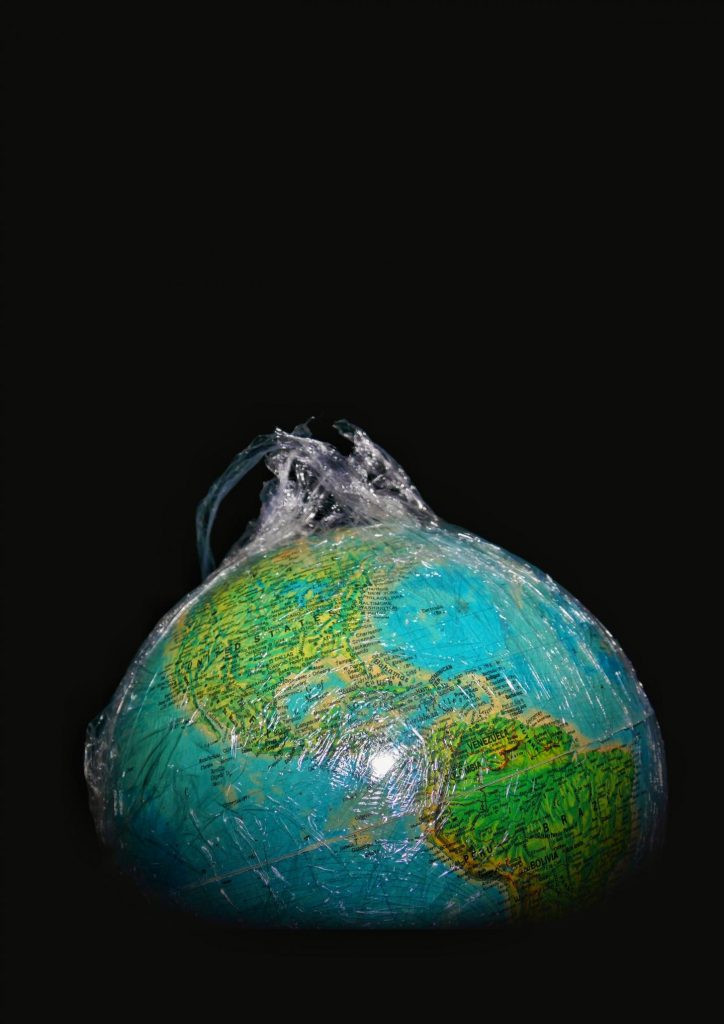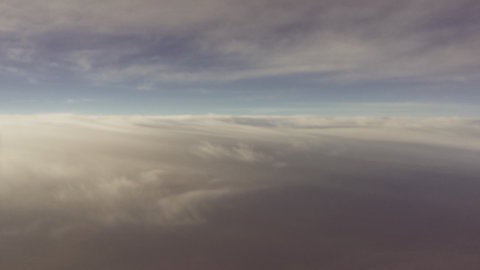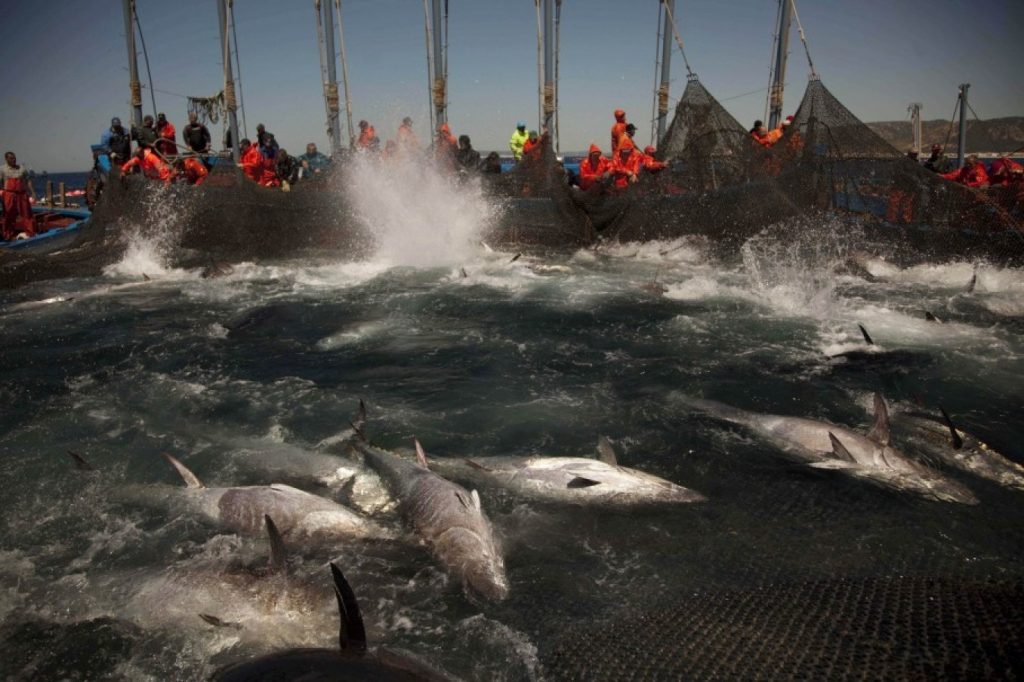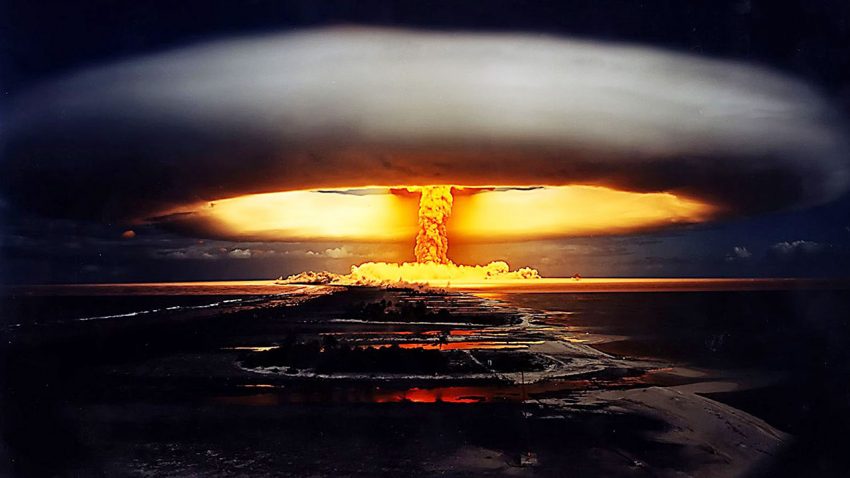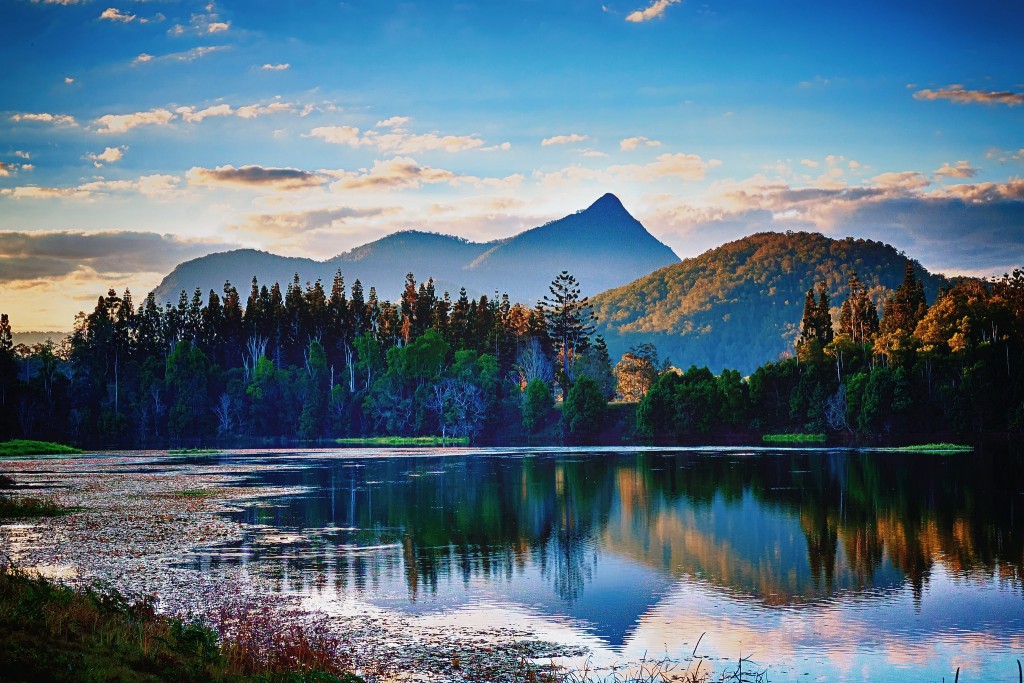AWG
Petrifying Earth Process: The Stratigraphic Imprint of Key Earth System Parameters in the Anthropocene
By Jan Zalasiewicz, Will Steffen, Reinhold Leinfelder, Mark Williams, Colin Waters | Theory, Culture & Society Abstract The Anthropocene concept arose within the Earth System science (ESS) community, albeit explicitly as a geological (stratigraphical) time term. Its current analysis by the stratigraphical community, as a potential formal addition to the Geological Time Scale, necessitates comparison of the methodologies and patterns of…
Read MoreThe Anthropocene: Scientists respond to criticisms of a new geological epoch
Press Release A team of academics led by the University of Leicester has responded to criticisms of the proposal to formalise a new geological epoch – the Anthropocene. Geological critics of a formalised Anthropocene have alleged that the idea did not arise from geology; that there is simply not enough physical evidence for it as…
Read MoreFound: Thousands of Man-Made Minerals—Another Argument for the Anthropocene
By Shannon Hall | Scientific American Humans have dramatically changed Earth’s surface. Satellite images show New York City’s sparkling lights at night and the Great Wall of China during the day. But we have also produced signatures in the strata beneath our feat that can’t be seen so readily, like the plastic that litters the ocean…
Read MoreAnthropocene: its stratigraphic basis
By Jan Zalasiewicz, Colin Waters & Martin J. Head | Nature, Correspondence As officers of the Anthropocene Working Group (AWG; J.Z. and C.W.) and chair of the Subcommission on Quaternary Stratigraphy (SQS; M.J.H.) of the International Commission on Stratigraphy (ICS), we note that the AWG has less power than Erle Ellis and colleagues imply (Nature 540, 192–193; 2016). Its role…
Read MoreInvolve social scientists in defining the Anthropocene
By Erle Ellis, Mark Maslin, Nicole Boivin & Andrew Bauer | Nature Three dozen academics are planning to rewrite Earth’s history. The Anthropocene Working Group of the International Commission on Stratigraphy (of which one of us, E.E., is a member) announced in August that over the next three years it will divide Earth’s story into two parts: one in which humans…
Read MoreREPLY: Zalasiewicz et al. Comment
By Stanley C. Finney and Lucy E. Edwards | GSA Today We thank Jan Zalasiewicz and his 25 co-authors for their consid- ered response. We are in complete agreement with the following two major statements: “All chronostratigraphic units are defined by their base and char- acterized by their content;” and “There are clearly societal and political…
Read MoreCOMMENT: Finney & Edwards Article
By Jan Zalasiewicz, Colin N. Waters, Alexander P. Wolfe, et al. | GSA Today The article about the Anthropocene by Finney and Edwards (GSA Today, v. 26, no. 3–4, p. 4–10) is part of a wider critical commentary we have addressed (Zalasiewicz et al., 2017), and is an essential and welcome part of its analysis. We…
Read MoreCan Humans Go From Unintended Global Warming to Climate By Design?
By Andrew C. Revkin | Dot Earth, The New York Times Geoengineering is in the wind more and more these days, particularly the use of sun-blocking aerosols as a cheap, temporary counterweight to greenhouse-gas-driven global warming. In pondering the plausibility or desirability of such a tool, it might be useful to start with a thought experiment: 1) Suppose…
Read MoreWhat the ‘sixth extinction’ will look like in the oceans: The largest species die off first
By Chris Mooney | The Washington Post | September 14, 2016 We mostly can’t see it around us, and too few of us seem to care — but nonetheless, scientists are increasingly convinced that the world is barreling towards what has been called a “sixth mass extinction” event. Simply put, species are going extinct at a rate…
Read MoreThe Anthropocene epoch: scientists declare dawn of human-influenced age
By Damian Carrington | The Guardian | August 29, 2016 Humanity’s impact on the Earth is now so profound that a new geological epoch – the Anthropocene – needs to be declared, according to an official expert group who presented the recommendation to the International Geological Congress in Cape Town on Monday. The new epoch should…
Read MoreAtomic bombs and oil addiction herald Earth’s new epoch: The Anthropocene
By Paul Voosen | Science Magazine | August 24, 2016 Just after World War II, when the atomic bombs fell and our thirst for coal and oil became a full-blown addiction, Earth entered the Anthropocene, a new geologic time when humanity’s environmental reach left a mark in sediments worldwide. That’s the majority conclusion of the Anthropocene Working Group, a…
Read MoreDefine the Anthropocene in terms of the whole Earth
By Clive Hamilton | Nature | August 17, 2016 Do we live in the Anthropocene? Officially, not yet — although the debate about whether to declare a new geological epoch will resurface later this month at the International Geological Congress in Cape Town, South Africa. The concept of the Anthropocene has become well known and is much…
Read More‘Pristine’ landscapes haven’t existed for thousands of years due to human activity
Science Bulletin | June 7, 2016 ‘Pristine’ landscapes simply do not exist anywhere in the world today and, in most cases, have not existed for at least several thousand years, says a new study in the journal,Proceedings of the National Academy of Sciences(PNAS). An exhaustive review of archaeological data from the last 30 years provides…
Read MoreDawn of the Anthropocene: 5 Ways We Know Humans Have Triggered a New Geological Epoch
By Jan A. Zalasiewicz, Mark Williams | Alternet | March 19, 2016 Is the Anthropocene real? That is, the vigorously debated concept of a new geological epoch driven by humans. Our environmental impact is indeed profound – there is little debate about that – but is it significant on a geological timescale, measured over millions of…
Read More
